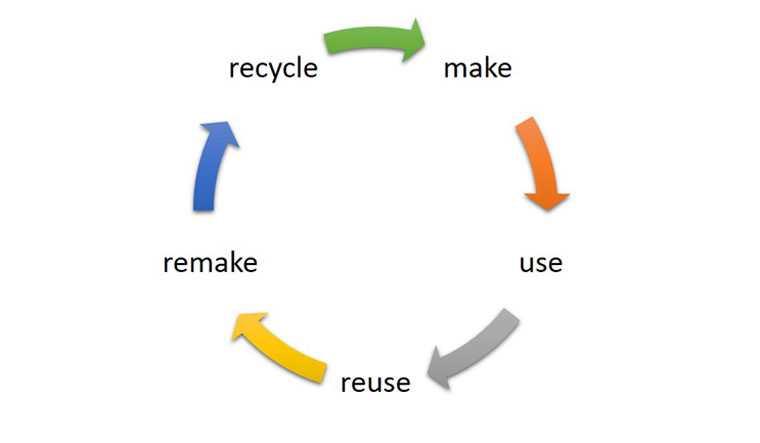The Difference Between Linear & Circular Economy
Curated from: entrepreneurship-campus.org
Ideas, facts & insights covering these topics:
2 ideas
·1.29K reads
15
Explore the World's Best Ideas
Join today and uncover 100+ curated journeys from 50+ topics. Unlock access to our mobile app with extensive features.
Linear economy
A linear economy is a traditional model based on a 'take-make-consume-waste' approach to using resources.
The raw material is made into a product. After the product comes to the end of its life, it is thrown away. If this model is not replaced, the world will reach a point where it will lose the capacity to sustain itself.
81
610 reads
Circular economy
The purpose of circular economy is to prevent waste while promoting sustainable economic growth. Manufacturers have to design reusable products. The model follows the production-use-recycling-production cycle.
The circular economy is more profitable and less harmful to the environment. The circular economy needs mostly innovation to promote a much-needed change in society.
85
683 reads
IDEAS CURATED BY
Aubrey 's ideas are part of this journey:
Learn more about personaldevelopment with this collection
Understanding the importance of constructive criticism
How to receive constructive criticism positively
How to use constructive criticism to improve performance
Related collections
Similar ideas
4 ideas
2 ideas
What is a circular economy?
ellenmacarthurfoundation.org
5 ideas
5 Inspirational Quotes to Save Our Mother Earth
m-jagranjosh-com.cdn.ampproject.org
Read & Learn
20x Faster
without
deepstash
with
deepstash
with
deepstash
Personalized microlearning
—
100+ Learning Journeys
—
Access to 200,000+ ideas
—
Access to the mobile app
—
Unlimited idea saving
—
—
Unlimited history
—
—
Unlimited listening to ideas
—
—
Downloading & offline access
—
—
Supercharge your mind with one idea per day
Enter your email and spend 1 minute every day to learn something new.
I agree to receive email updates

